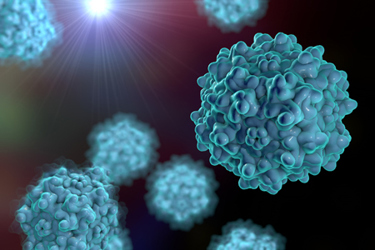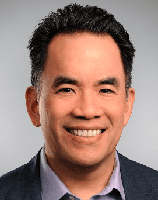Improving AAV Purity Upstream With PCL Manufacturing

By Tyler Menichiello, Chief Editor, Bioprocess Online

Back in September, we published Challenges Stunting The AAV Field, summarizing the findings from DeciBio’s adeno-associated virus (AAV) survey, which questioned 50 KOLs (largely from biopharma) on pain points plaguing the AAV space. According to those surveyed, the biggest challenge in the AAV space is the separation of capsids (full versus empty versus partially formed). The ability (and technology) to properly separate capsids ultimately affects the end product’s purity. Those same respondents indicated they can only afford to get their AAV product purity to around 80% before the costs outweigh the feasibility. To explore this issue surrounding proper AAV separation and purity, I spoke to Ultragenyx’s chief technical operations officer and EVP of gene therapy, Dennis Huang.
Leveraging Viral Biology Upstream For Higher Quality Yields

To start upstream and improve the “denominator,” Ultragenyx developed its Pinnacle producer cell line (PCL) platform. PCLs are generally considered more cost-effective and scalable than other AAV manufacturing methods. Unlike transient transfection — which introduce the genes to build AAVs (usually in the form of plasmids) into cells without integrating into the cellular genome — Ultragenyx’s PCL platform virally infects cells and “leverages the natural biology of viruses to enable better and higher-efficiency packaging.” Huang says this PCL approach typically yields capsids that are 50% to 70% full straight out of the bioreactor. “One way to deal with these challenges is to not have low purity to begin with,” he says.
By infecting the engineered cell line with a virus, it allows viral biology to take over and do what it does best — make more viruses. This is what makes PCL a more scalable approach than traditional AAV manufacturing. “One of the key challenges with the standard transient transfection HEK293 approach is that it involves mixing the various plasmids to build out this virus particle,” Huang explains. “It turns out, that step is energetically very challenging from a thermodynamic standpoint.” As a result, it’s difficult to scale up this manufacturing approach beyond 500 to 1,000 liters of product. “With this PCL approach, we’ve been able to go up to 2,000 liters, no problem.” He says this method can easily scale up to 10,000 or 12,000 liters.
PCLs also save on manufacturing costs, since PCLs don’t require the same raw materials (e.g., plasmids) as traditional transient manufacturing. “You end up with a much more manageable cost of goods,” Huang tells me.
How Pure Is Pure Enough?
While yielding higher-quality AAVs upstream makes downstream purification easier, the final product’s purity is only as good as the analytical tools and methods at disposal. As Huang says, “you can never have something completely free of impurities. It’s always limited by how low you can measure a particular trace mineral or impurity.”
With current technological limitations, purifying AAV products isn’t economically feasible past a certain point. “These are million-dollar decisions,” Huang says. “The cost and energy of doing that may not be worth it if there’s no benefit to the patient in any way.” Higher quality is always preferrable, but with the notoriously high cost of gene therapies, chasing purity for purity’s sake can make these therapies too expensive for patients to afford.
“Getting the cost down is a critical part of getting these therapies to patients,” Huang says. “If we can figure out a smarter, faster way to get high-quality therapies, that gives us the ability to adjust the price and negotiate accordingly.” Doing so requires more than efficient manufacturing processes — it requires better analytical tools to characterize the purity needed for safe, effective, and affordable AAV therapies.
